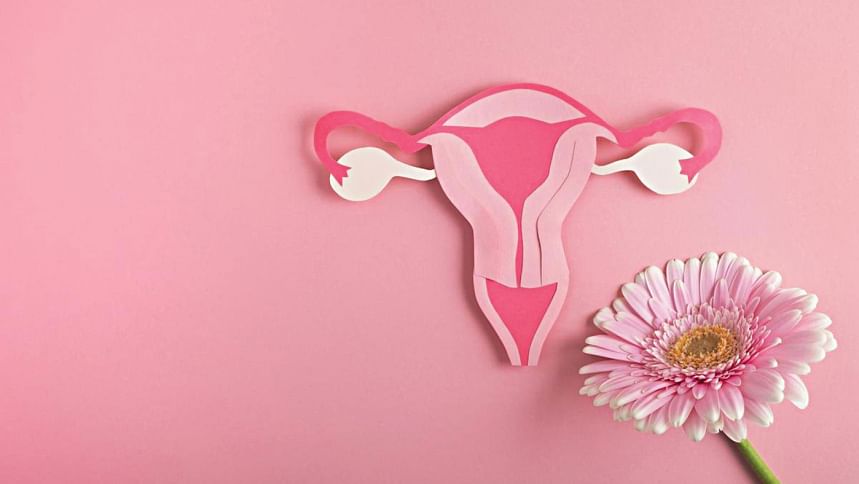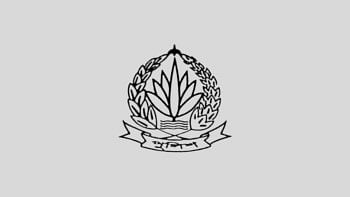Global partners cheer progress towards elimination and underline challenges

World leaders, cervical cancer survivors, advocates, partners, and civil society are coming together to mark the third Cervical Cancer Elimination Day of Action. The Initiative, which marked the first time Member States adopted a resolution to eliminate a noncommunicable disease, has continued to gain momentum, and this year's commemoration promises to be a beacon of hope, progress, and renewed commitment from nations around the world.
Governments and communities are leading the way by declaring commitment and developing strategies to eliminate cervical cancer, and countries around the world are rallying behind the World Health Organisation's (WHO) call to action on November 17.
Strong progress on HPV vaccination
Since the launch of the Global Strategy to Accelerate the Elimination of Cervical Cancer as a Public Health Problem three years ago, a further 30 countries, including countries with large populations and cervical cancer burdens such as Bangladesh, Indonesia, and Nigeria, have introduced the Human Papillomavirus (HPV) vaccine. As of today, 140 countries have introduced the HPV vaccine into their national immunisation programmes.
The global HPV vaccination coverage of girls that received at least one dose of HPV vaccine has increased to 21% in 2022, exceeding the pre-pandemic levels for the first time. If this rate of progress is maintained, the world will be on track to meet the 2030 target to make HPV vaccines available to all girls everywhere.
WHO, in collaboration with GAVI, the Vaccine Alliance and other partners, has initiated systematic efforts to catch up vaccinations for girls who missed HPV vaccination as a result of pandemic disruptions and to revitalise HPV vaccination programmes towards reaching the 90% coverage target.
Weak progress on screening and treatment
Countries have invested to improve access to screening all over the world. This year, together with Unitaid (a global health initiative that works with partners to bring about innovations to prevent, diagnose and treat major diseases in low- and middle-income countries, with an emphasis on tuberculosis, malaria, and HIV/AIDS and its deadly co-infections) and its implementing partners, Ministries of Health in 14 low- and middle-income countries reached the milestone of screening over a million women.
In most countries, those diagnosed with cervical cancer still need better access to surgery, radiotherapy, chemotherapy, and palliative care. Still, only 65% of countries include cervical cancer screening services, and 69% include radiotherapy for treatment of cervical cancer in the health benefit packages as part of universal health coverage schemes.
To enhance screening quality, reduce costs, and broaden access to health-care services, WHO now endorses HPV testing as the preferred method for cervical cancer screening. This includes support for self-sampling, which makes screening even more convenient. In addition, WHO prequalified a fourth HPV test in June 2023, providing an additional option for countries seeking to implement advanced screening methods to identify patients requiring treatment more effectively.
Source: World Health Organisation

 For all latest news, follow The Daily Star's Google News channel.
For all latest news, follow The Daily Star's Google News channel. 



Comments